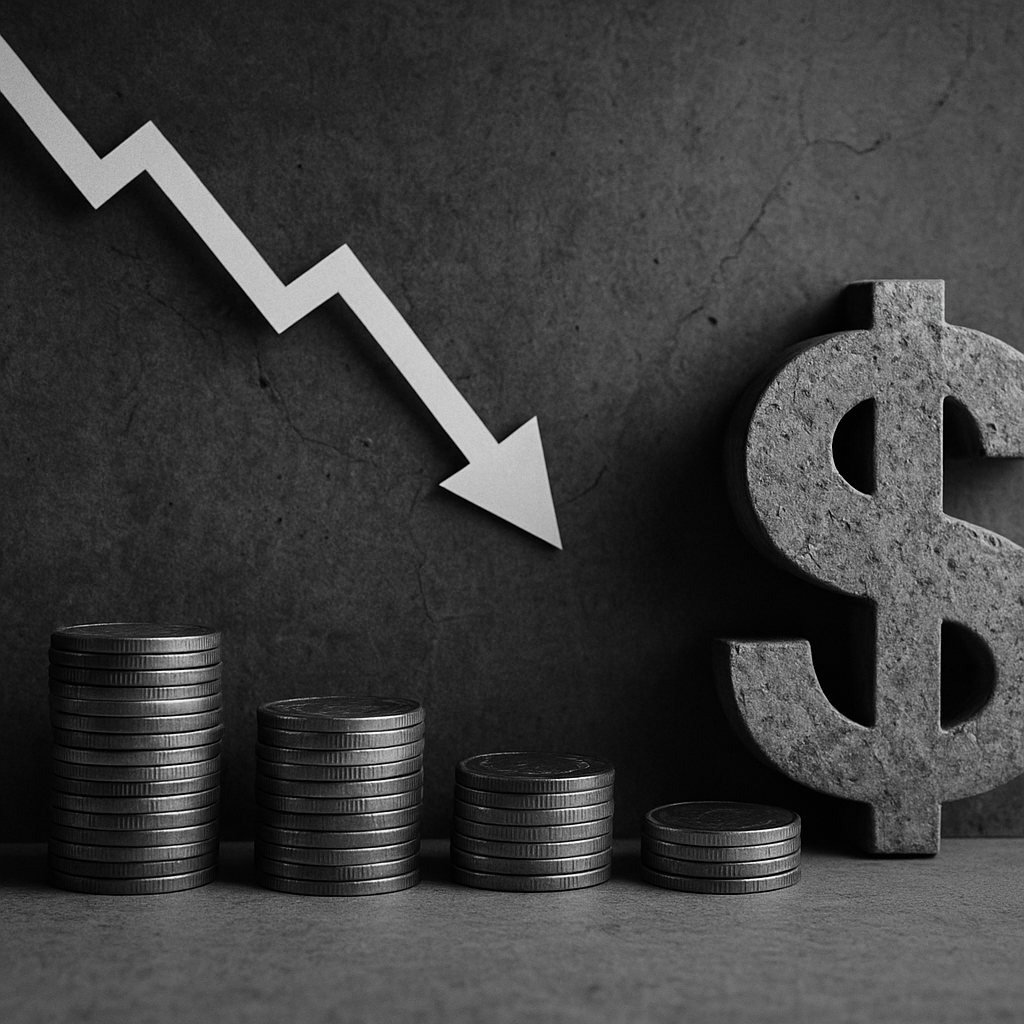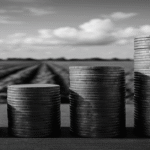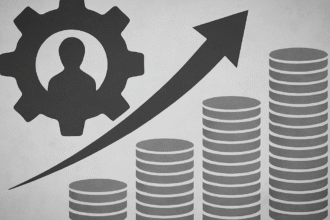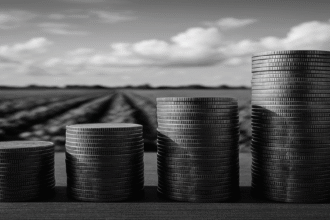Series: The Productivity Trap in Brazil – Part 6
Introduction
Low productivity is not a technical problem — it is a silent economic tragedy. It condemns the country to stagnation, worsens the fiscal deficit and impoverishes the population. While politicians promise growth based on public spending, Brazil remains stuck in an inefficient model, where people work hard and reap little.
In this article, we show how unproductivity undermines the foundations of sustainable development and turns any project of progress into mere rhetoric. Without addressing this hard core of backwardness, everything else is palliative.
1. Growth without productivity is an illusion
Why is Brazil growing so little — and when it does grow, it doesn’t sustain it? Because its engine is stalling: productivity.
Economic growth without increased productivity is artificially inflated by consumption via debt, expansion of state credit or poorly planned public works. The result is always the same: inflation, distortions, bubbles and instability.
According to the article Economic Value, low productivity is one of the main obstacles to sustainable growth in Brazil, along with fiscal uncertainty. The two problems feed off each other: lack of productivity hinders revenue growth, while spending without return widens the fiscal deficit.
2. Fiscal deficit: when inefficiency is costly
The imbalance in Brazilian public accounts is chronic — and is directly related to low productivity.
The less production per worker, the less wealth is generated. With a stagnant tax base and a heavy state structure, the result is inevitable: recurring deficits, rising debt and pressure for higher taxes.
Politicians try to hide this equation with slogans like “Growth-inducing State” or “guaranteed social rights”, but reality prevails: there is no sustainable redistribution without efficient value generation.
3. Silent impoverishment
The cruelest consequence of low productivity is the impoverishment of the population.
While emerging countries such as Vietnam, India and Mexico increase the complexity of their exports, invest in technical education and attract productive capital, Brazil is losing ground. According to a report by CNN Brazil, the lack of investment and chronic unproductivity are causing the country to fall behind even among its peers.
The cost of this appears in persistent inflation, in wages that do not keep up with the cost of living, in precarious work, in the collapse of public services and in the widespread discouragement of formalization.
4. A vicious cycle
Low productivity leads to weak growth. Weak growth leads to limited revenue. With limited revenue, the government resorts to debt. To pay the debt, it imposes more taxes. With more taxes and uncertainty, investment declines. And without investment, productivity remains low.
It’s a vicious cycle — and it can only be broken with deep structural reforms.
Conclusion
Low productivity is the root of our backwardness. Until we seriously address it, Brazil will continue to stumble over the same problems: mediocre growth, growing fiscal deficit, impoverishment of the population and dependence on the State.
Breaking this cycle requires a clear political choice: abandoning the interventionist model that pretends to solve but perpetuates the delay — and adopting an agenda based on economic freedom, competition and efficiency.
📚 Read also:
- 👉 What is productivity and why does it matter?
- 👉 Brazil works hard and produces little: a portrait of stagnation
- 👉 Structural bottlenecks: education, infrastructure and bureaucracy
- 👉 The role of the State in low productivity: regulation, protectionism and investments
📩 Do you want to understand how productivity, deficit and impoverishment are connected?
Subscribe to the newsletter Economic Radar and receive our analyses directly in your email:
👉 Subscribe now





